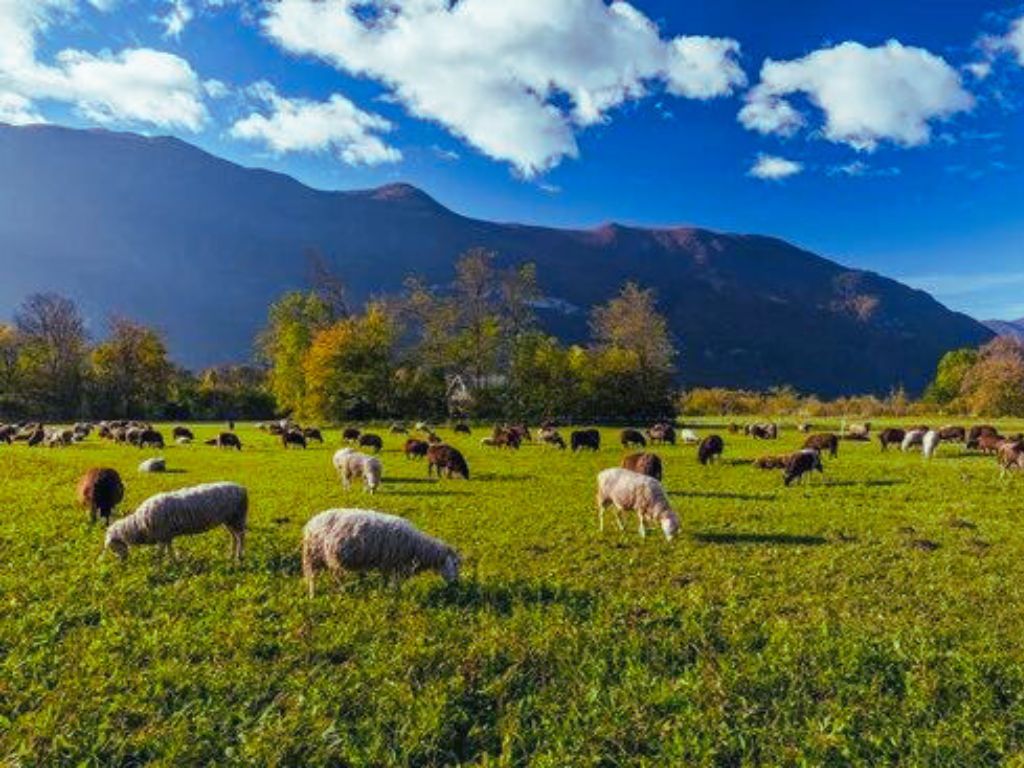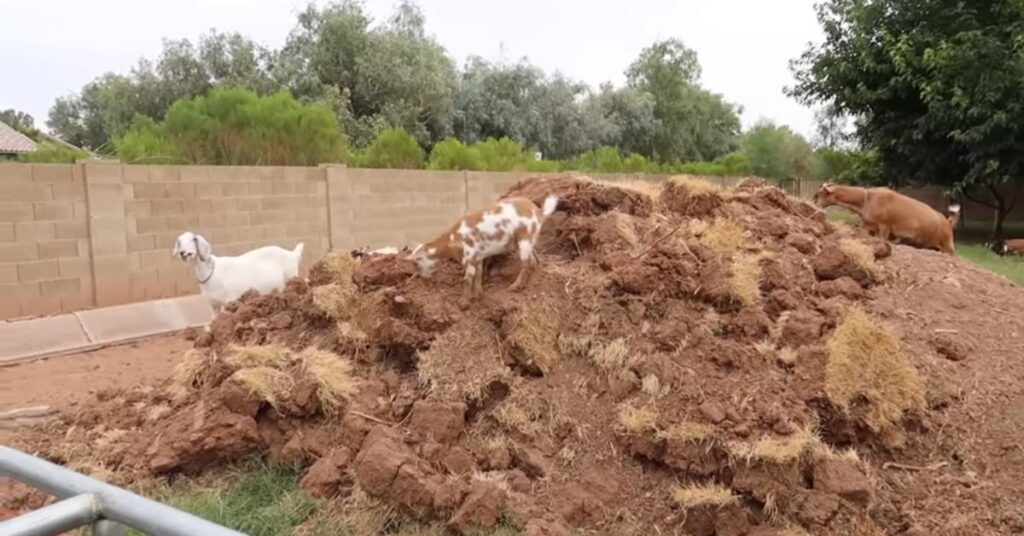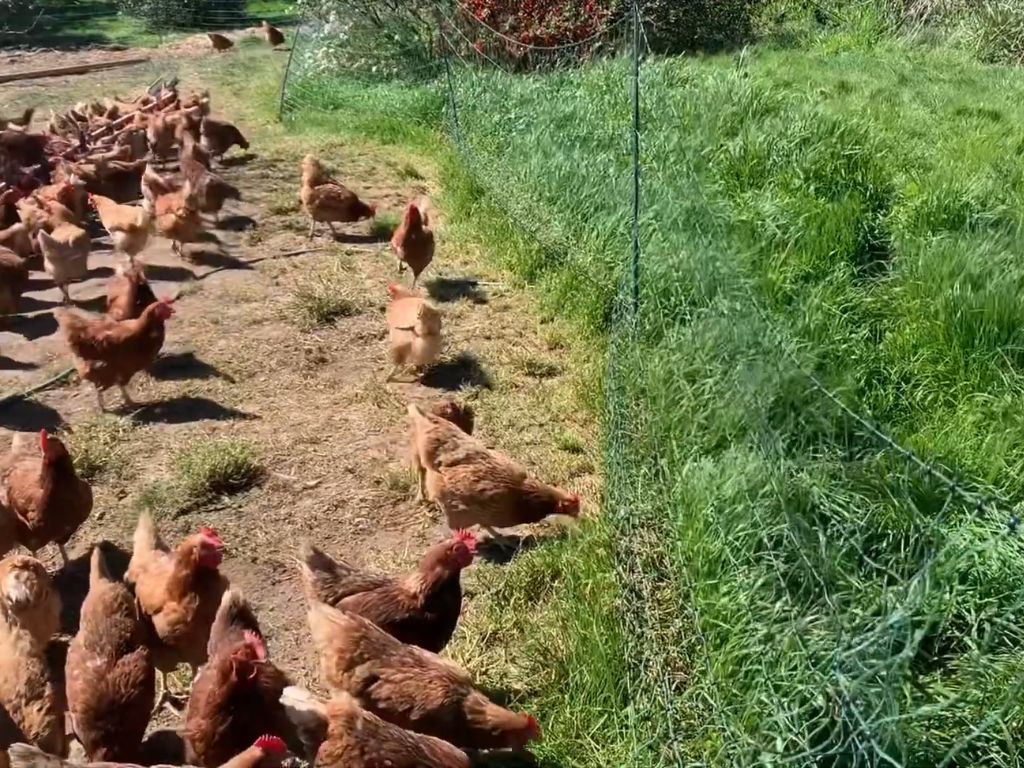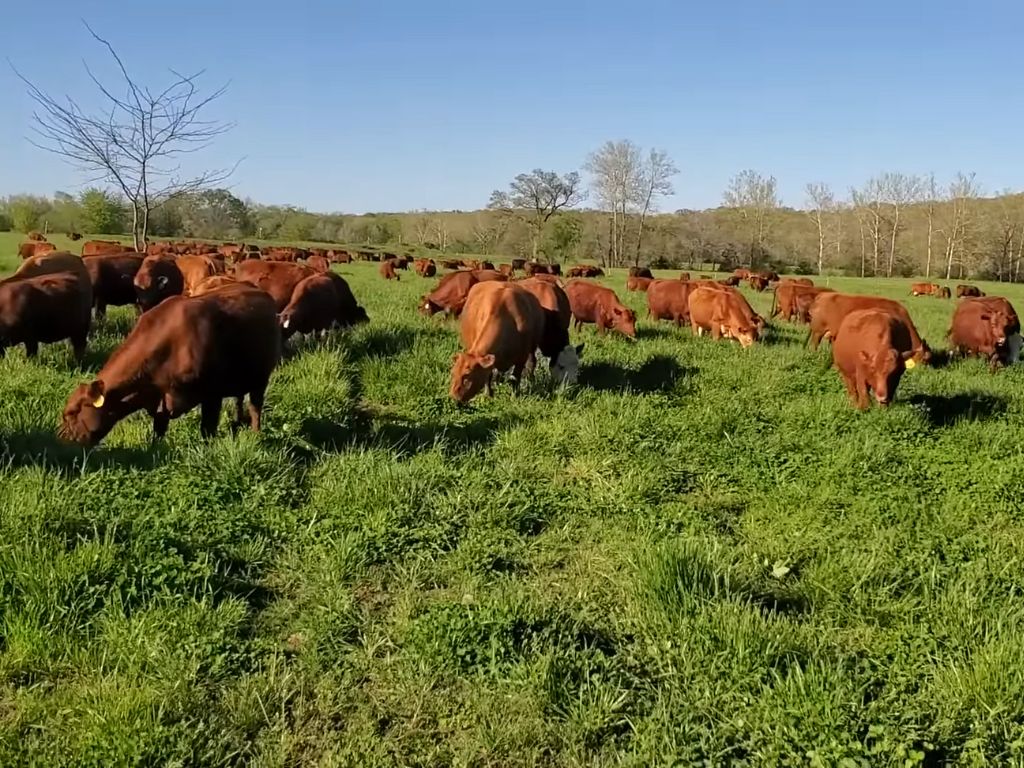As a homesteader living on several acres of land, I’m always looking for sustainable ways to manage my property. Mowing and weed-whacking the grass seems wasteful, not to mention time-consuming and tedious. I wondered – what are the best animals for natural grass and weed control?
With some research, I discovered that grazing animals offer an eco-friendly alternative to gas-guzzling mowers. Livestock like sheep, goats, cattle and chickens can be employed to trim grass, control weeds and fertilize the land. Matching the right animal to your unique situation is key to success.
In this article, we’ll explore the top animals for grazing and natural lawn maintenance, including the pros and cons of each.
An Ode to Grazing Animals
Let me take you back 5 years, when I first moved onto my homesteading acreage. I stared out at the endless sea of grass and weeds, dreading the maintenance required. Mowing would no doubt eat up my weekends and burn through gasoline. There had to be a better way!
That’s when I had a revelation – why not let animals graze the property? I’d heard of using goats and sheep as natural weed whackers. Of course! Mother Nature has provided the perfect grass-mowing machines.
I started researching livestock animals that could help tame my unruly land. The journey wasn’t always easy, but I’m happy to report success after trial and error. The animals described below have proven to be the MVPs of grass control on my homestead. Let the games begin!
Sheep – The Ultimate Grazing Machines
Ask any homesteader about grazing animals, and one will likely top the list – sheep! These wooly creatures are specially adapted to chow down grass and weeds. An experienced shepherd friend gave me the scoop on keeping sheep for lawn care.
Sheep possess narrow mouths and nimble lips perfect for selective grazing. While goats tend to favor leaves and twigs, sheep really go for the grass. They are active grazers, not browsers. Plus, sheep flock together and follow each other’s lead during grazing. This means they naturally cover ground more uniformly than goats.
Sheep have a docile, calm temperament. You won’t find them breaking out or causing a ruckus like goats. They pretty much just lower their heads and munch all day long. Their poop piles are relatively dry, clumping together for easy clean up. And as a bonus, I can shear my sheep in spring for fresh wool!
Pros of Sheep:
- Efficient grazers to maintain even lawn length
- Calm temperament, less likely to escape
- Provide wool
- Dry sheep poop doesn’t make a mess
Cons of Sheep:
- Need annual shearing
- More prone to internal parasites than goats
- Require rotational grazing plan
- Vulnerable to predators like coyotes
I started out with a small flock of 4 Katahdin hair sheep, ideal for my small acreage. They did a marvelous job keeping the grass trimmed all season long with some rotational grazing. Sheep have become my go-to for general lawn maintenance and weed control.

Goats – Weed Eating Machines
While sheep tackle grass, goats prefer feasting on weeds! Goats are natural weed whackers, using their nimble lips and strong tongues to strip leaves and stems from all kinds of plants. Their inquisitive nature leads them to sample all sorts of vegetation.
Goats will readily consume blackberry brambles, poison ivy, kudzu and other invasive weeds. Let them loose on an overgrown property, and they will clean it up nicely. Goats do well on steep terrain that would be difficult to mow. However, they aren’t as suitable for manicured lawns since their grazing isn’t as uniform. Plus, goats will gladly sample your flowers and vegetable garden if given the chance!
Goats are indeed mischievous escape artists. Sturdy fencing is a must to contain them. But their lively personalities also make goats fun companions with ample entertainment value. Goats can provide milk and meat like sheep. I’ve found that a few goats added into my sheep flock help diversify the grazing and provide weed control.
Pros of Goats:
- Voracious consumers of weeds and brambles
- Clear steep, rugged terrain
- Provide milk and meat
- Lively, entertaining personalities
Cons of Goats:
- Escape artists requiring sturdier fencing
- Will readily consume desired vegetation
- Uneven grazers unsuitable for lawn maintenance
- Higher parasite load than sheep
If you need to clear some brush or tackle an invasive weed infestation, a herd of goats is just the ticket. But keep them secured away from any prized plants, as goats love variety in their diet. A good rotation schedule is key to avoiding over-grazing.

Chickens – The Underrated Grazers
Most folks don’t think about chickens when it comes to grazing animals. But chickens naturally scratch and peck at vegetation, controlling bugs, seeds and grass. Their small size allows them to reach tight spots. Plus, chicken manure makes excellent fertilizer!
Chickens graze actively when given access to pasture. To properly employ them for lawn care, use a chicken tractor or movable coop transferred to a fresh patch of grass each day. This prevents over-grazing and distributes their nutrient-rich droppings.
Make sure to rotate the chickens before the grass is grazed to bare dirt. Doing so will prevent erosion while allowing the manure to nourish regrowth. Move the chickens at least once per day for optimal results.
When grass is actively growing in spring and summer, chickens alone can handle the mowing duties on my small homestead. As a bonus, they feast on ticks, grubs and other pests, providing natural insect control. My hens also bless me with a bounty of fresh free-range eggs!
Pros of Chickens:
- Efficient grazers in confined space
- Provide pest control through insect foraging
- Give eggs and meat
- Fertilize the lawn with their droppings
Cons of Chickens:
- Require daily relocation of tractor or coop
- Can over-scratch bare spots if not rotated
- Not suitable for large open grazing areas
For small suburban lots to larger homesteads, chickens lend a hand with vegetation management. Just be diligent about moving their enclosure frequently to prevent over-grazing. Chickens will reward you with pest control and farm-fresh eggs!

Llamas and Alpacas – The Oddball Grazers
Llamas and alpacas make unexpected but effective grazing helpers. Both species are adapted to the rugged mountain regions of South America. They are sure-footed grazers that can tackle steep, hilly terrain.
Compared to goats and sheep, llamas and alpacas are much larger. Their heavy hooves impact the ground more, so take care not to overgraze. Their poop doesn’t contain as much nutrition as sheep and goat pellets. But utilizing llamas and alpacas allows you to avoid the headache of shearing!
These camelids are generally calm and gentle by nature. But llamas and alpacas will perceive dogs as predators, sometimes spitting as a defense mechanism. Their quirky personalities and soft fleece make them lovable additions to any homestead.
Pros of Llamas/Alpacas:
- Surefooted grazers for steep terrain
- Provide soft fleece
- Gentle temperaments
- Don’t require shearing
Cons of Llamas/Alpacas:
- Heavy hooves impact soil more than small ruminants
- Less nutritious manure than goats or sheep
- Tend to spit at dogs
Llamas and alpacas require a bit more specialized care than small ruminants. But on the right acreage, they can be ideal grazers that provide fleece in return for their “mow and fertilize” services. Definitely consider them for hilly plots!

Cattle – The Lawn Mowing Tanks
When it comes to gobbling up grass, few rival the munching power of cattle. These bovines are true grazing machines designed to consume vegetation quickly and efficiently. An adult cow can chow down 50+ pounds of grass per day!
Cattle prefer to graze in herds, allowing them to cover more ground uniformly. Their giant mouths and efficient digestive systems equip them as professional grazers. However, their heavy hooves impact the soil substantially. Limit their grazing to areas without much activity.
Cows produce copious amounts of manure compared to smaller ruminants. This is excellent fertility for grasslands but quite messy. Consider cows mainly for large pasture areas, not well-manicured yards. As a bonus, dairy cattle provide milk, beef breeds offer meat, and both supply leather.
Pros of Cattle:
- High intake capacity cleans up extensive grass rapidly
- Graze uniformly in herds
- Provide meat, milk and leather
- Great for improving soil fertility of pastures
Cons of Cattle:
- Heavy hooves damage lawns
- Large quantity of messy manure
- Require substantial fencing
- Not suitable for small residential plots
For marginally productive grasslands or overgrown large pastures, cows speed the clean-up process. But they require strong perimeter fencing and substantial acreage. Make sure the mess and impact of their hooves won’t be an issue before bringing in the bovines.

Special Considerations for Grazing Animals
While using livestock for lawn care and weed control can be highly rewarding, it requires some special considerations:
- Fencing – Animals must be kept in with adequate, well-maintained fences and/or supervision. Perimeter fences should be sturdy, 5-6 feet high for most animals. Interior division fencing can utilize a single electric strand.
- Water – A clean water source must be continuously available. This could be a tub, trough, pond or stream.
- Predators – Sheep and goats in particular may be vulnerable to coyotes, dogs or wolves depending on your area. Use secure shelter and supervision.
- Parasites – Grazing animals require preventative parasite control. Work with your veterinarian to implement an appropriate deworming program.
- Supplements – Provide free-choice mineral and salt licks to balance the animals’ nutritional needs. Certain times of year may necessitate additional feed supplementation.
Which Grazing Animal is Right For You?
Here’s a quick overview of which lawn grazers pair best with different situations:
- Small residential acreage: Sheep, goats, chickens or guinea hogs
- Overgrown brushy areas: Goats or cattle
- Hilly rugged terrain: Goats, sheep, llamas/alpacas or donkeys
- Large open pastures: Cattle, horses or sheep
- Tight mowed lawn: Sheep, chickens in a tractor or guinea pigs in colonies
Make sure to choose animals suited to your climate. Hair sheep do better in heat than wool sheep, for example. Also factor in your purpose – do you want to harvest fleece, milk or eggs? With the proper livestock match, you’ll be mowing green in no time.
I hope this overview of the best grazing animals for grass control gives you some ideas for your own property. Please leave me a comment with any questions or suggestions! What critters handle the mowing at your place? I’d love to hear your experiences as well.
References:
